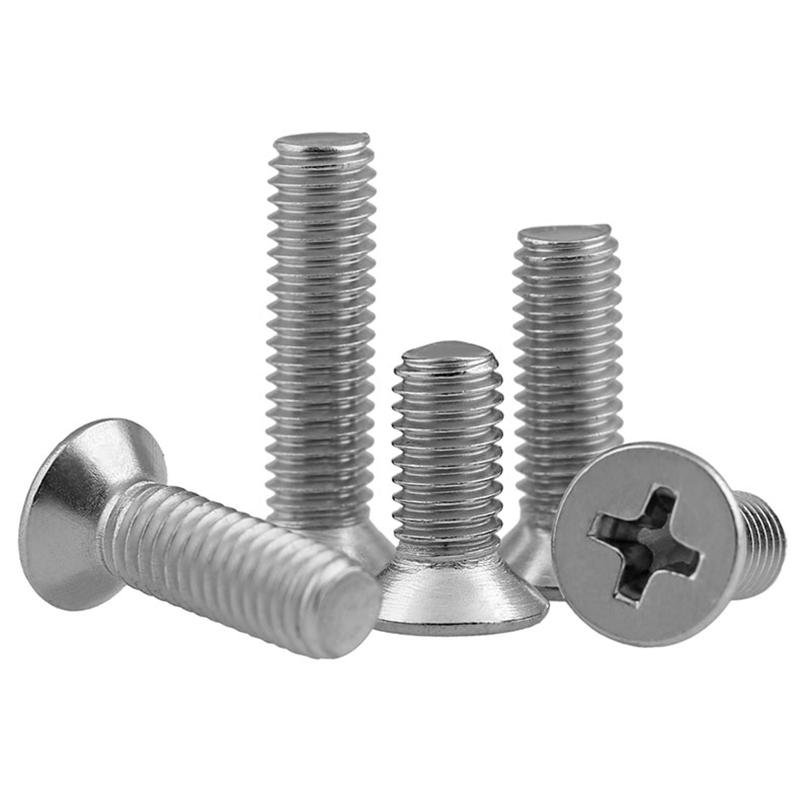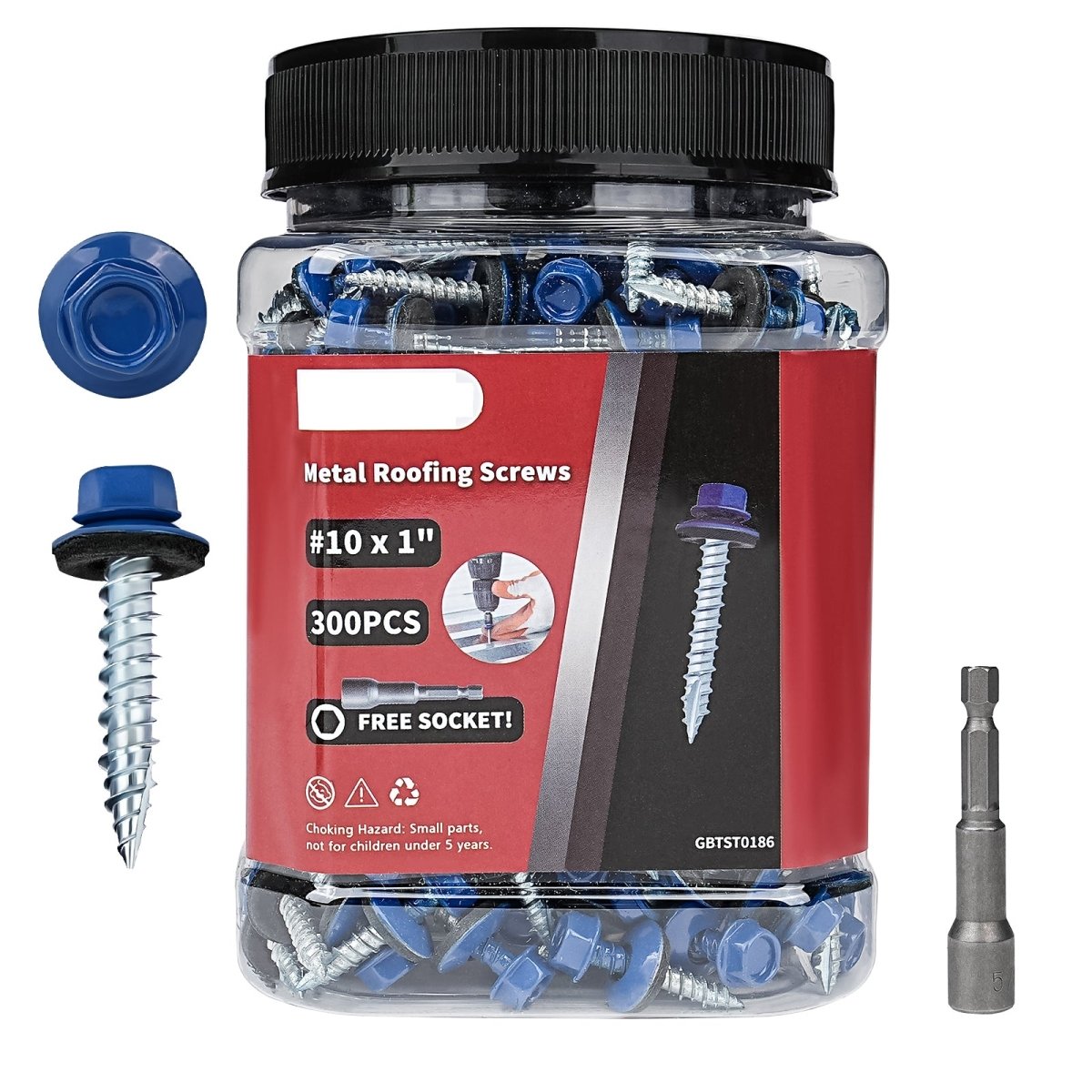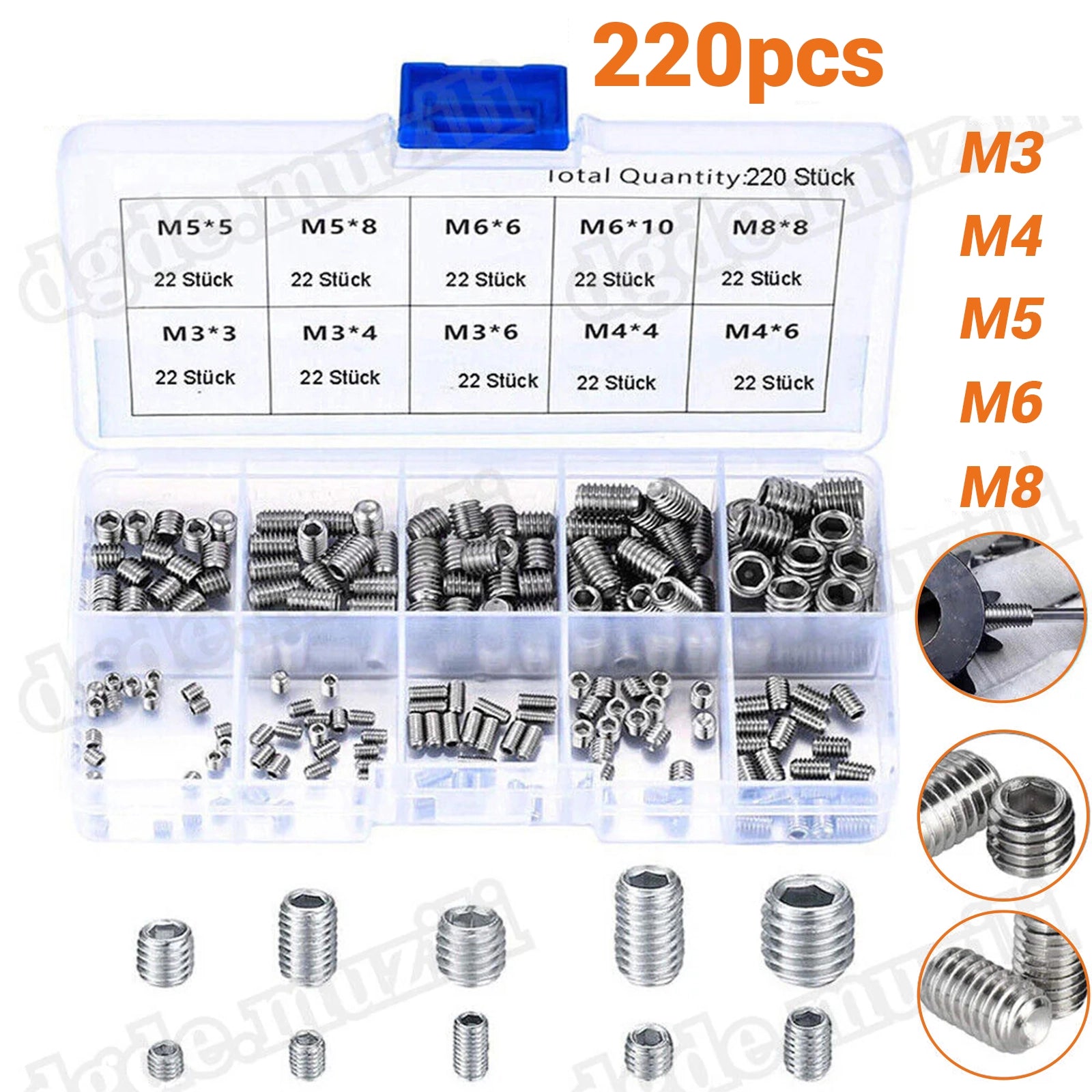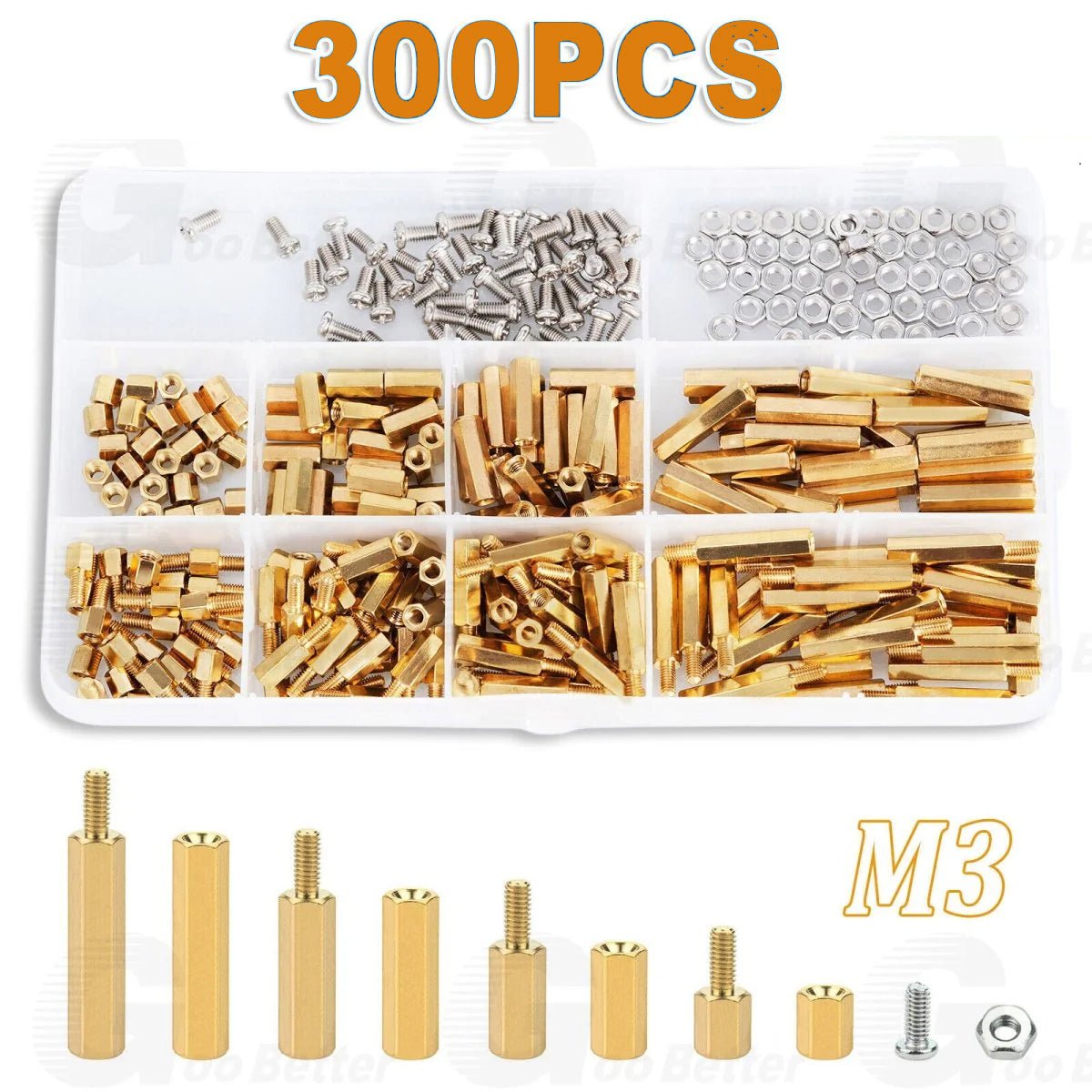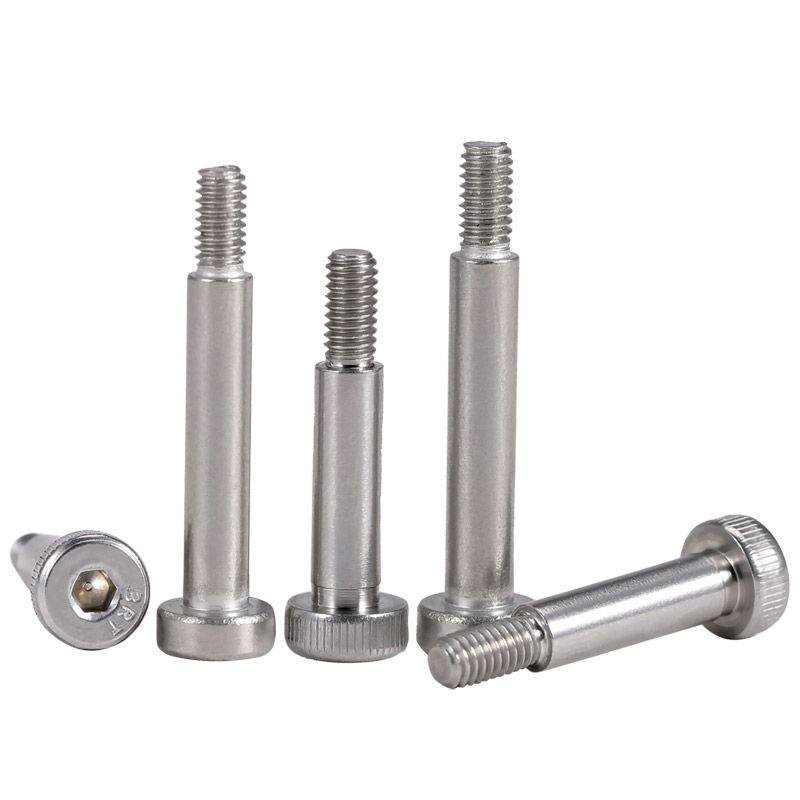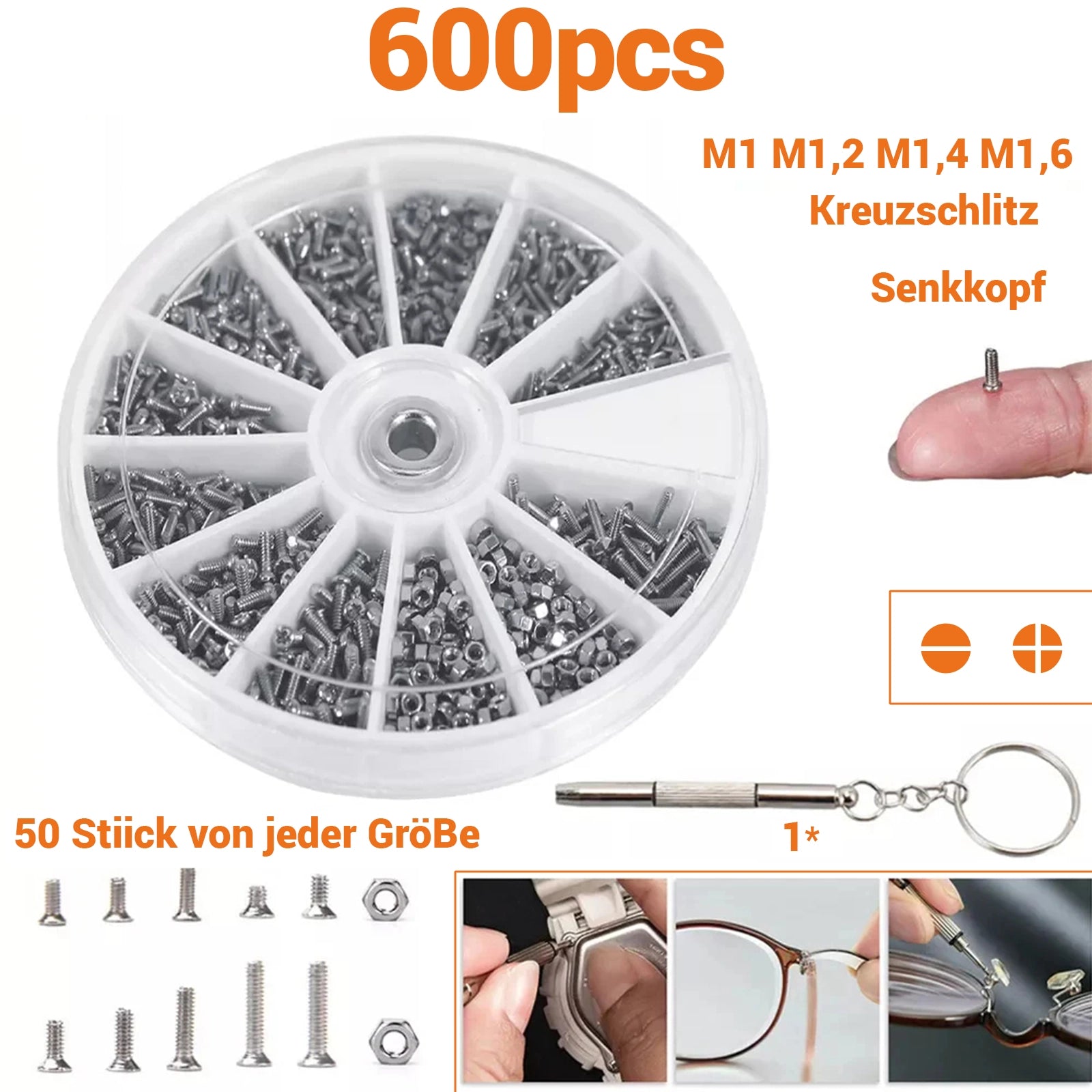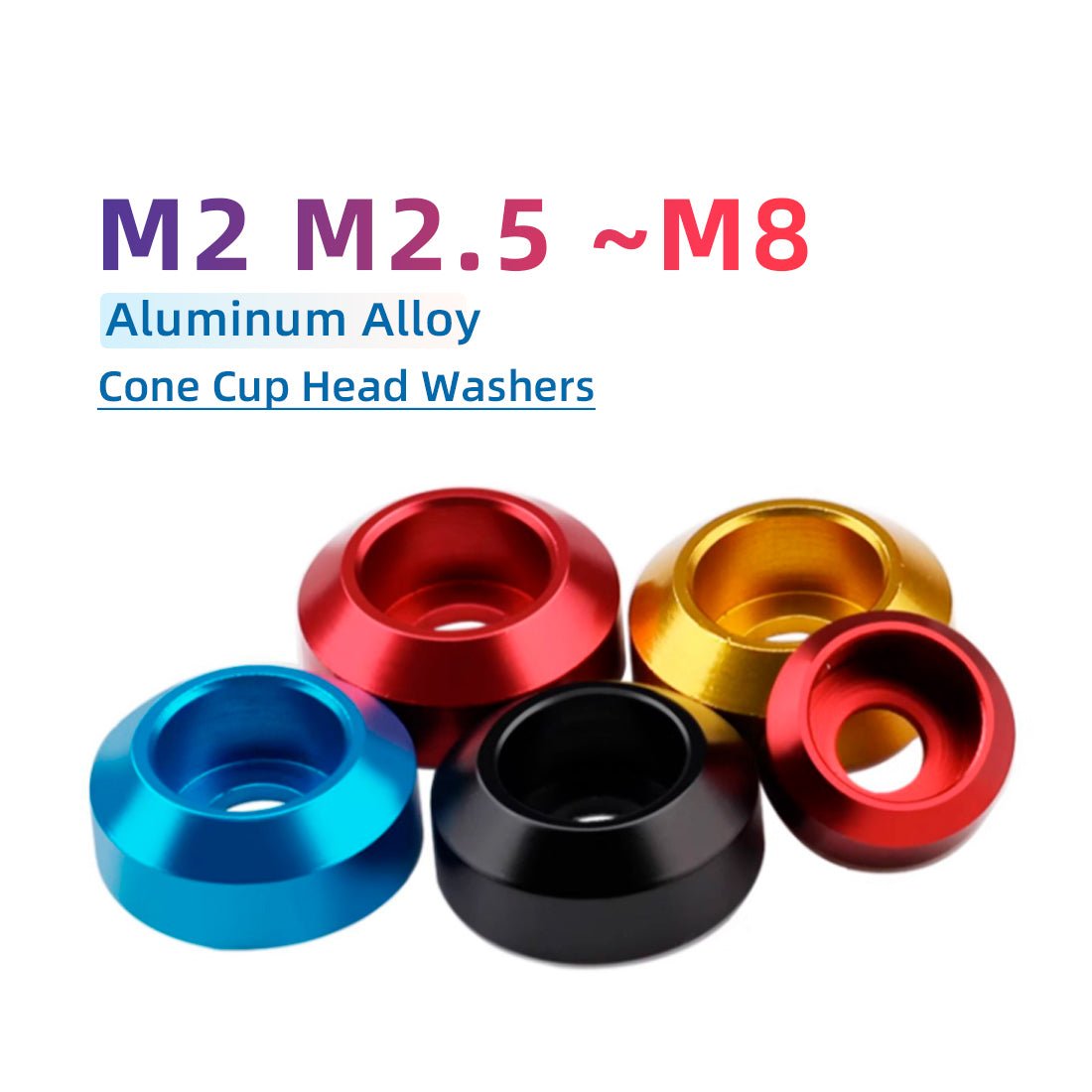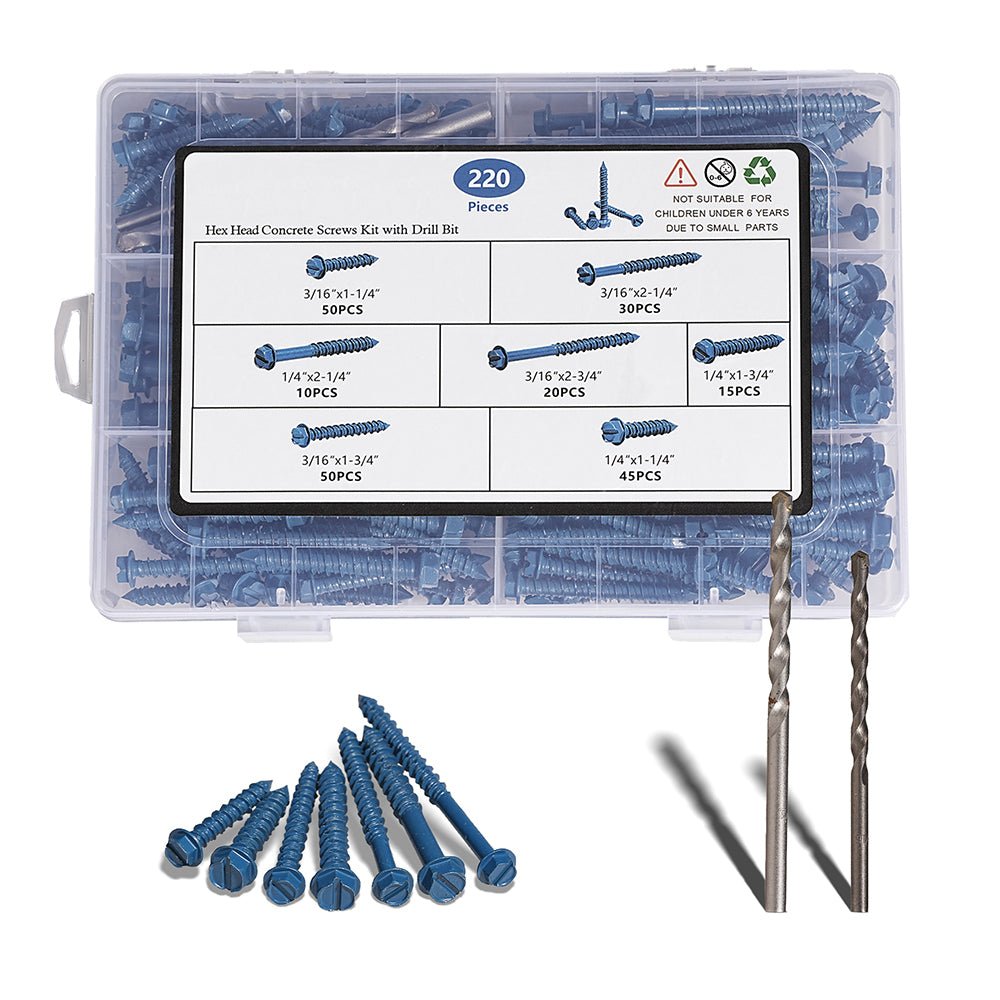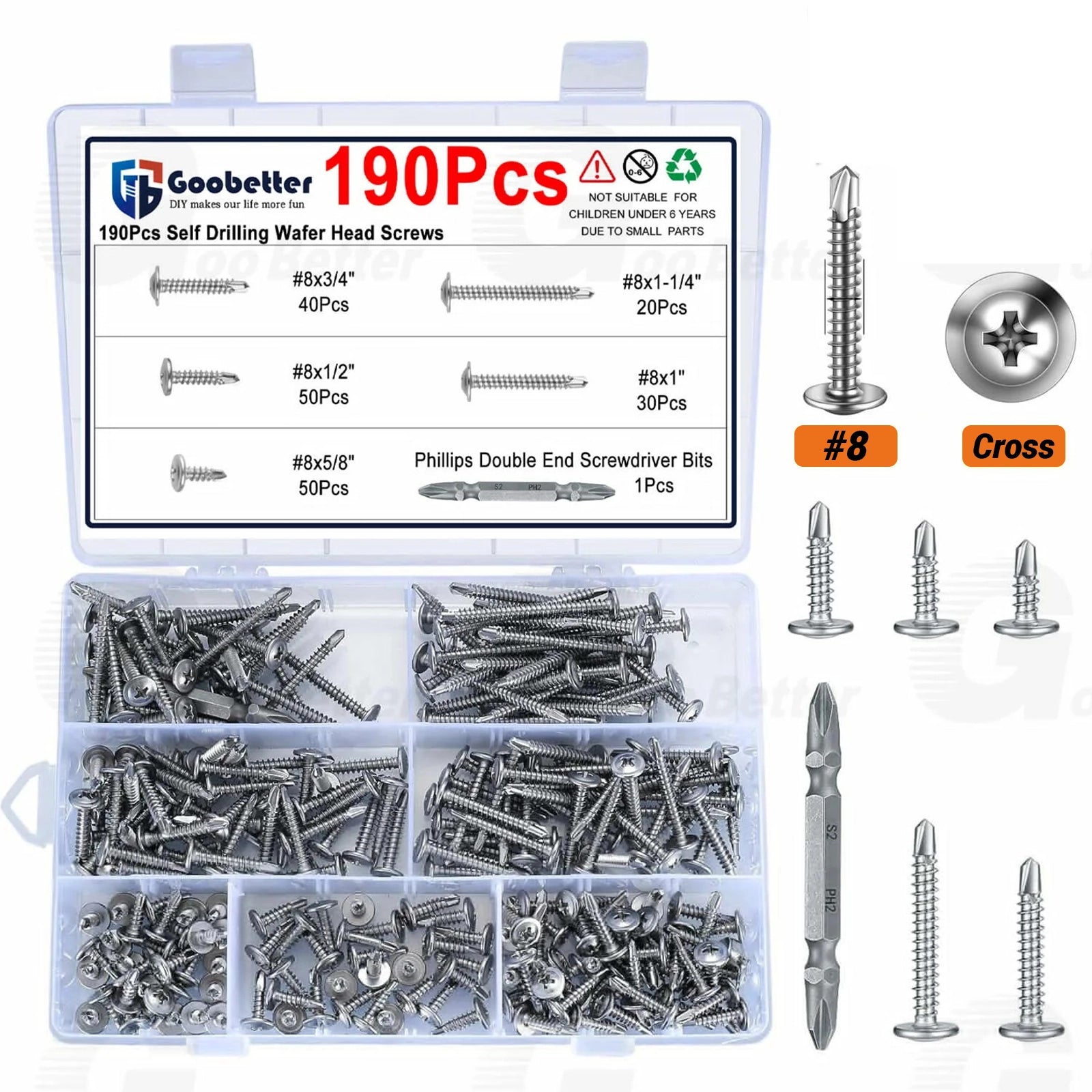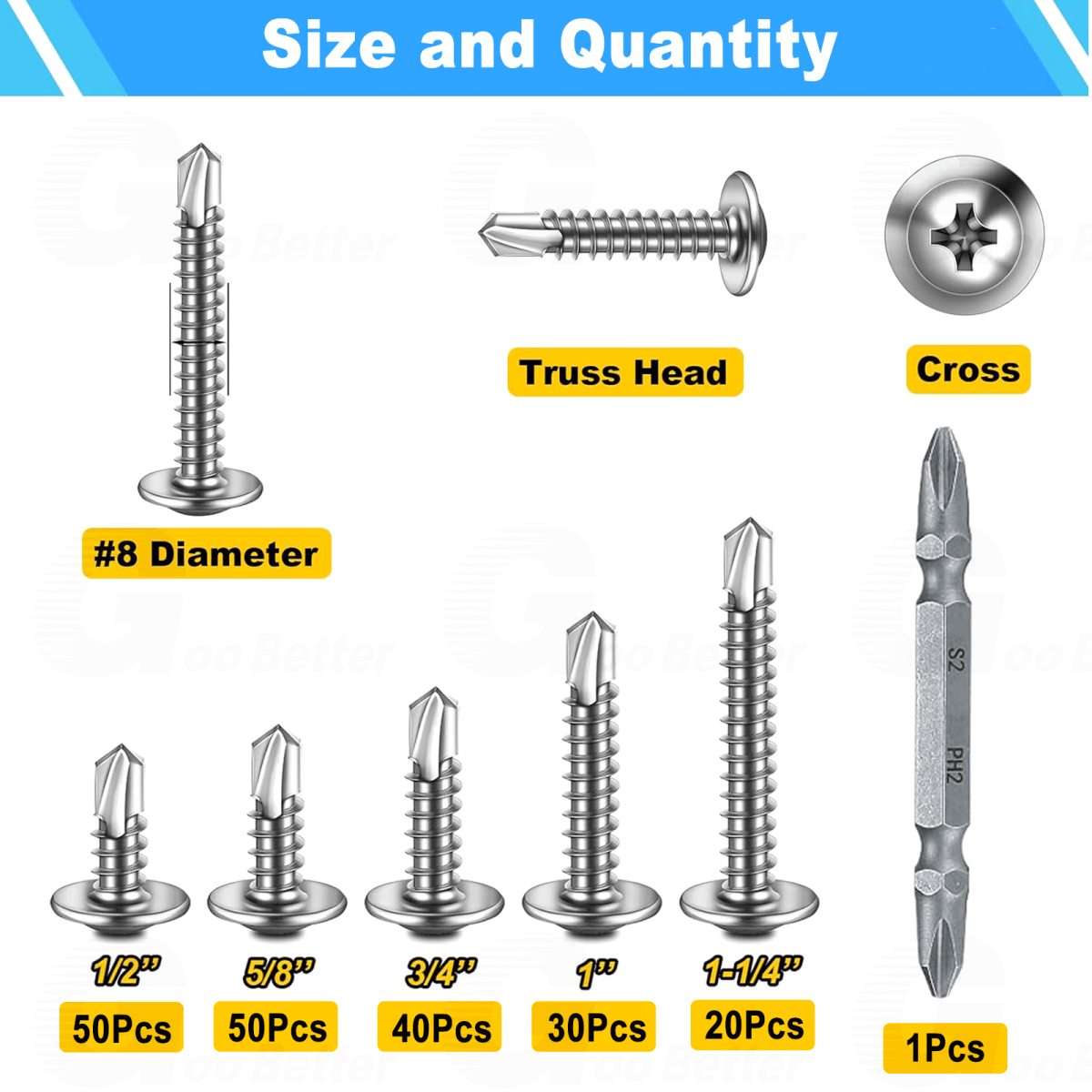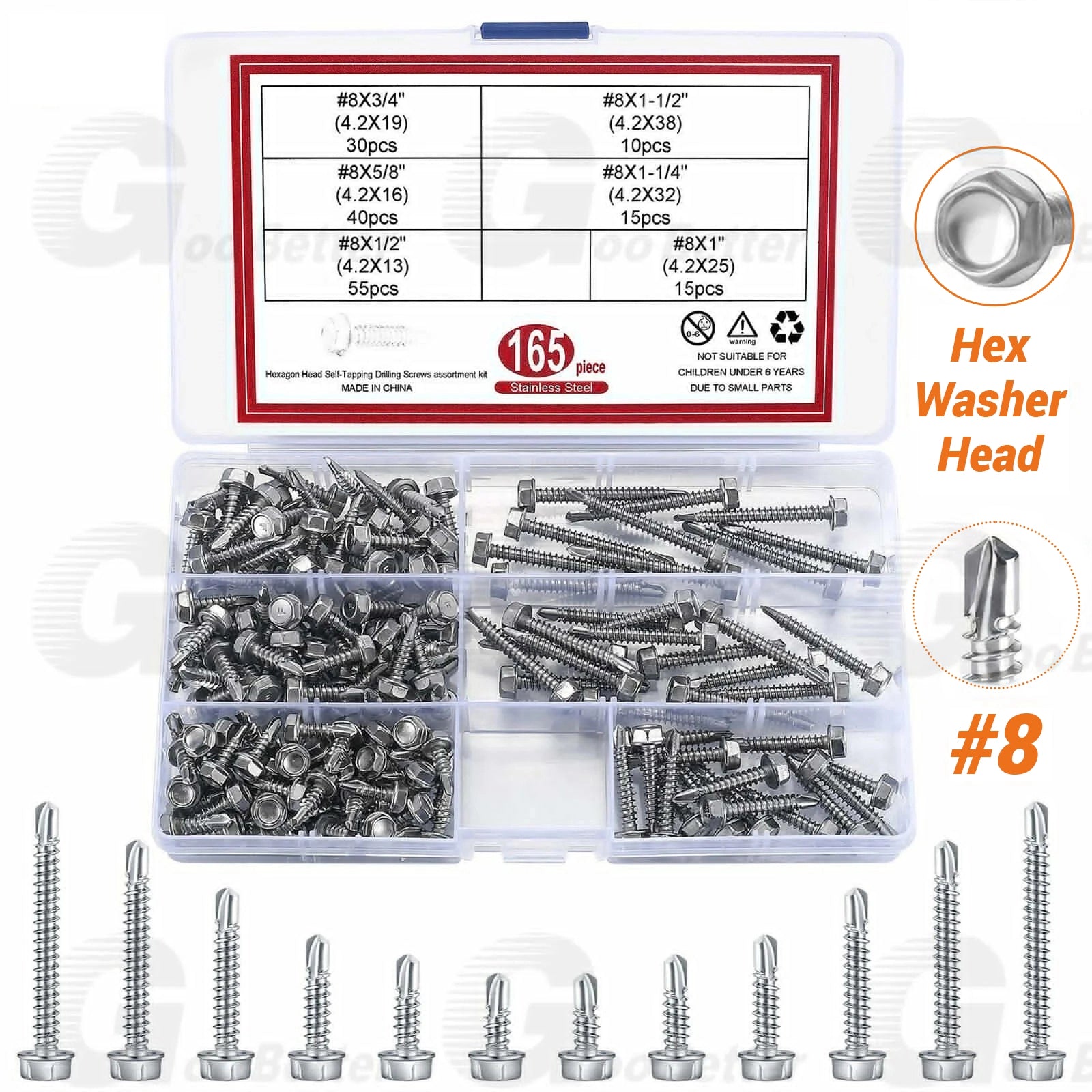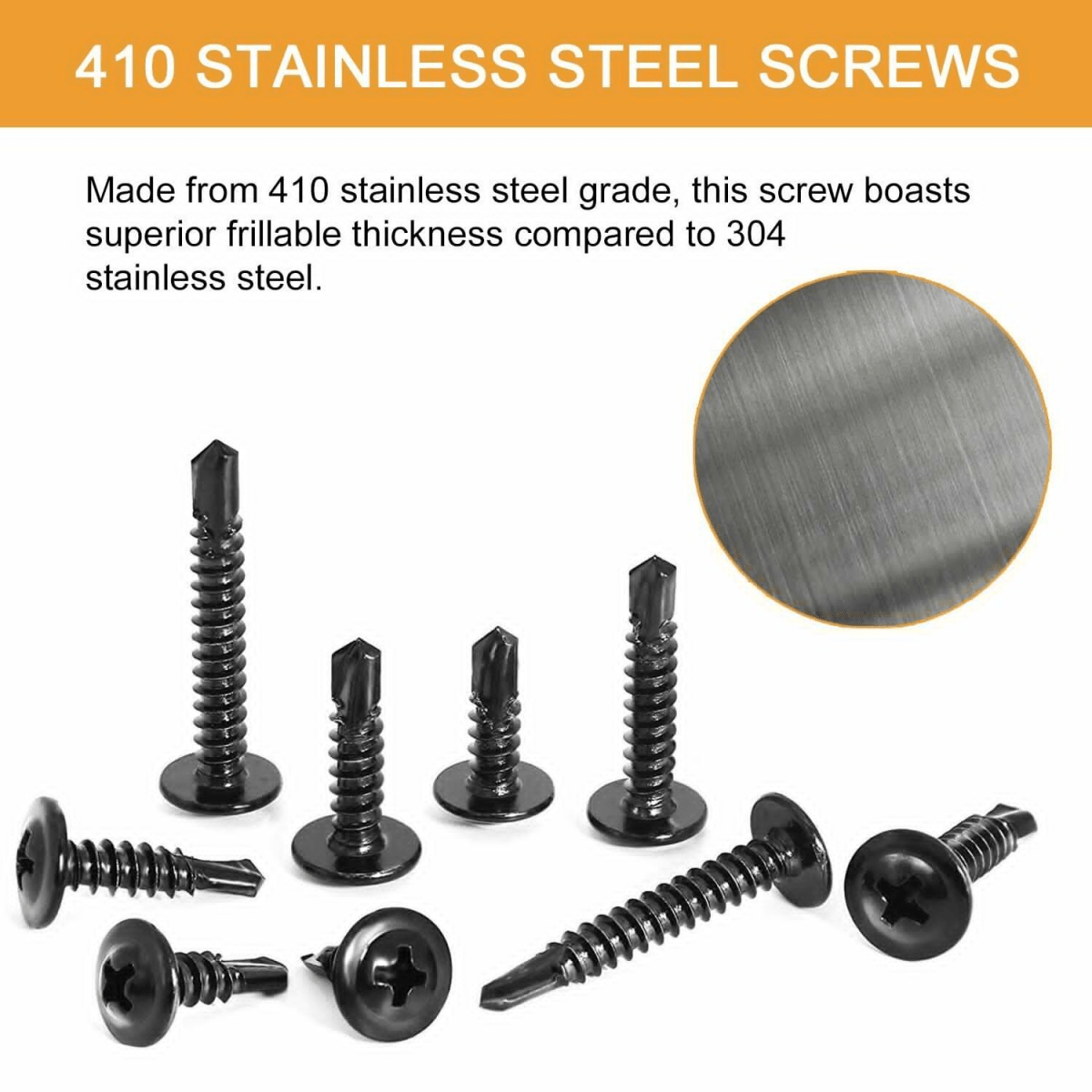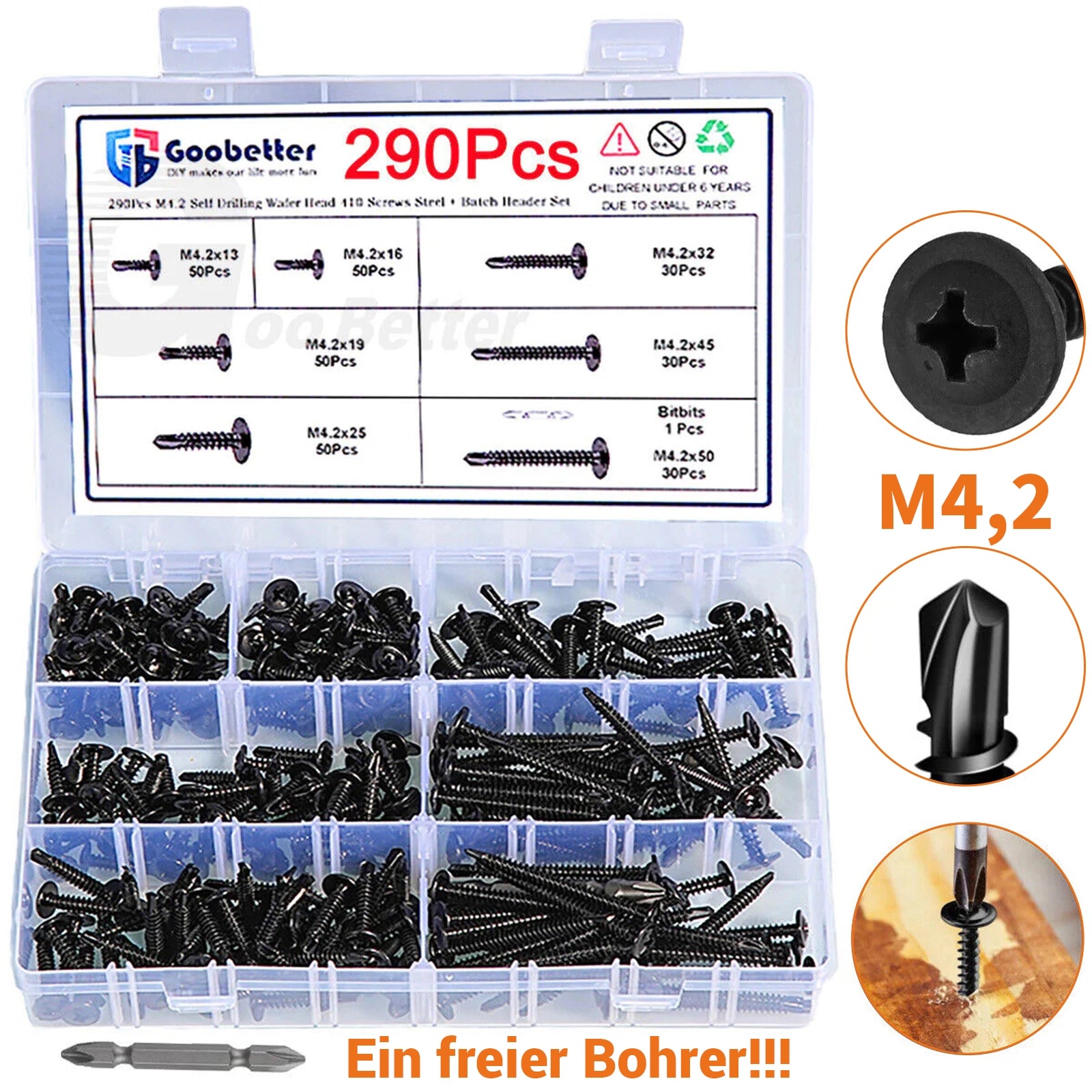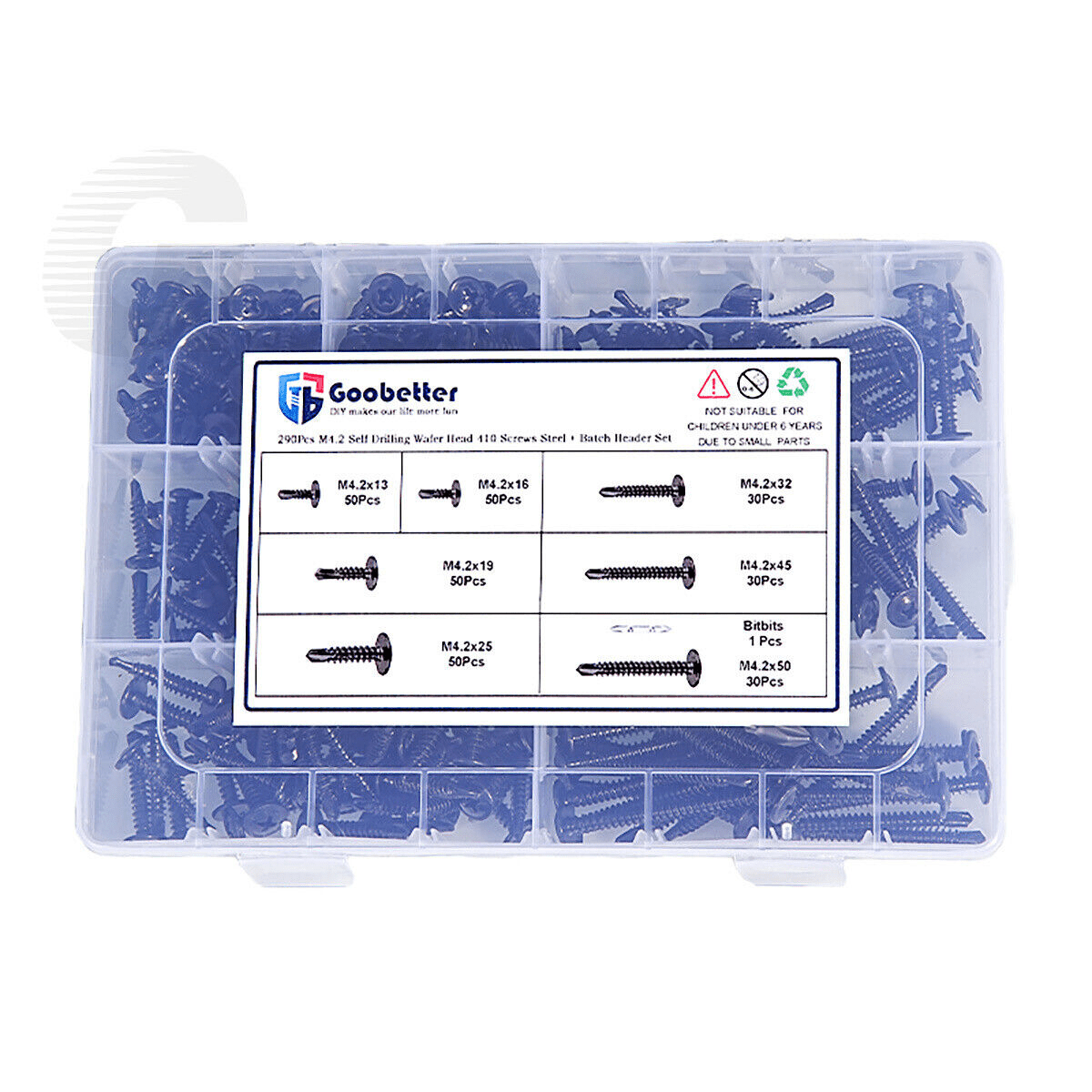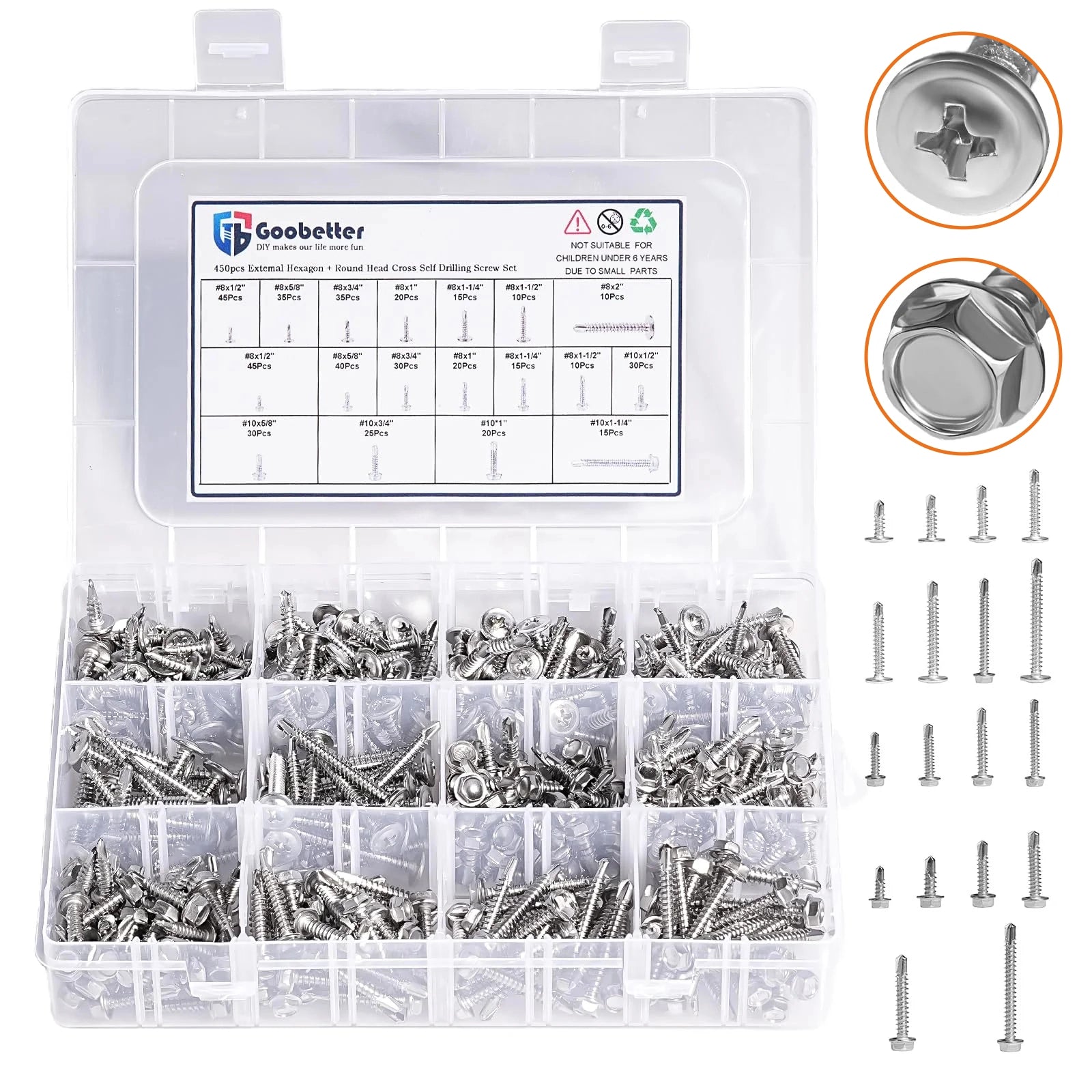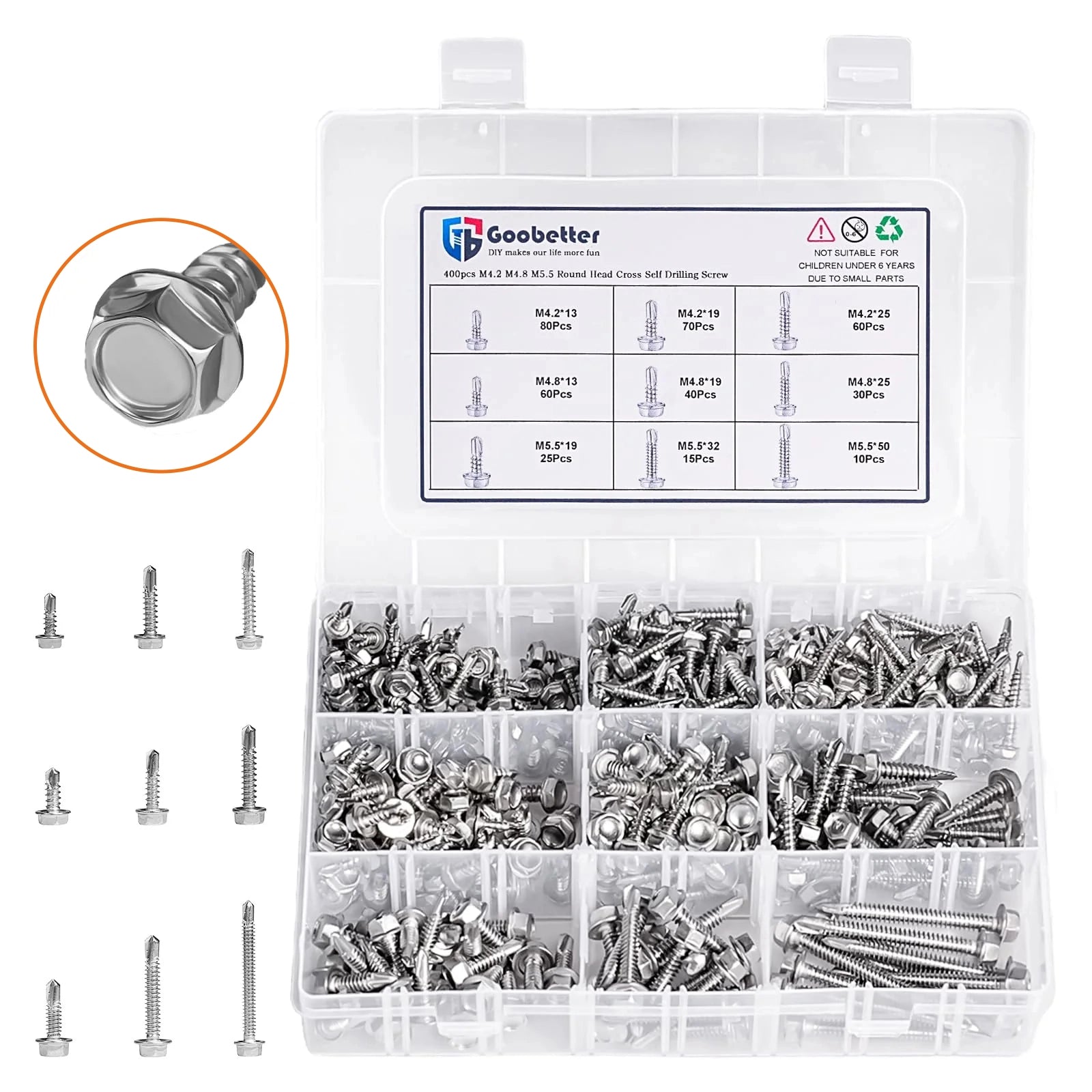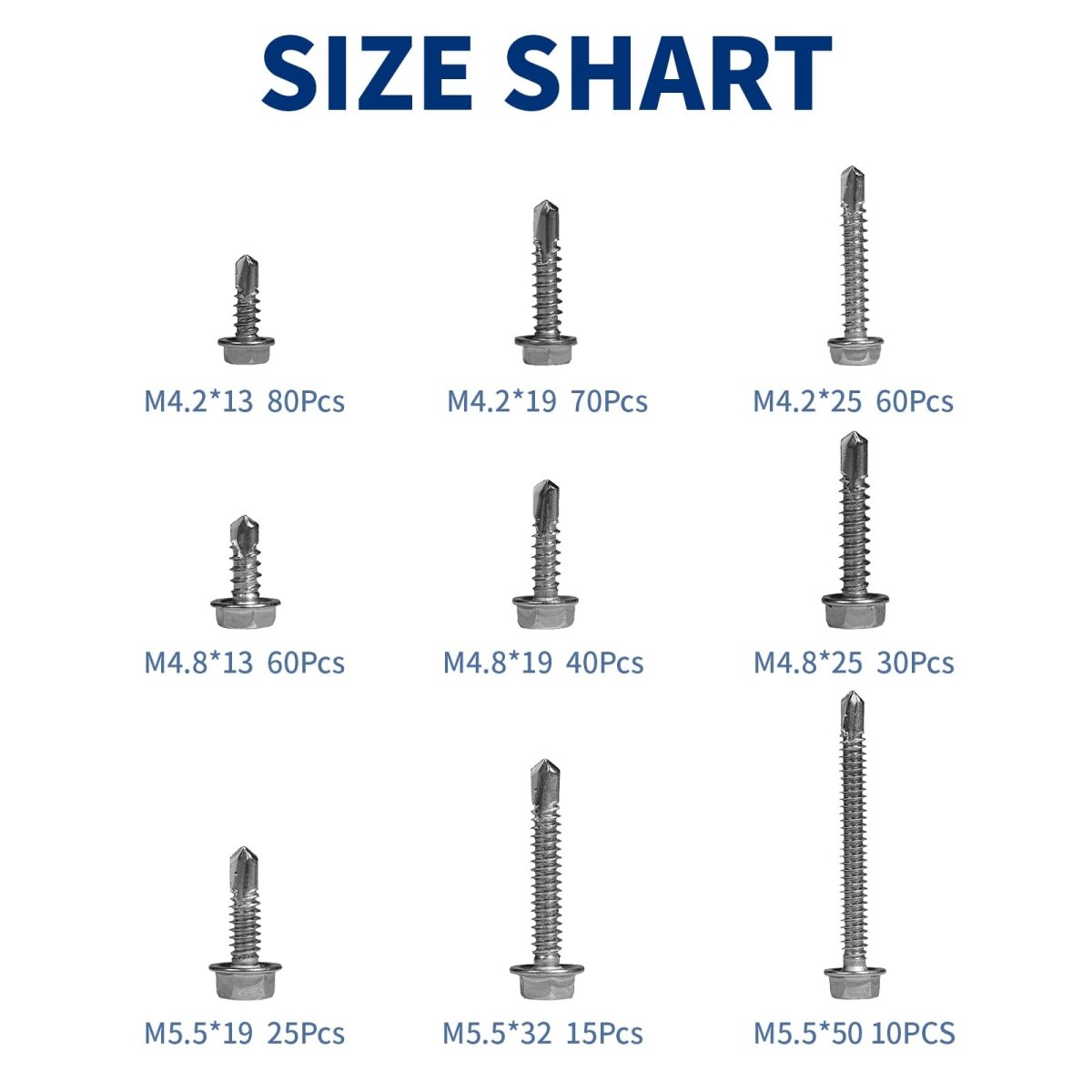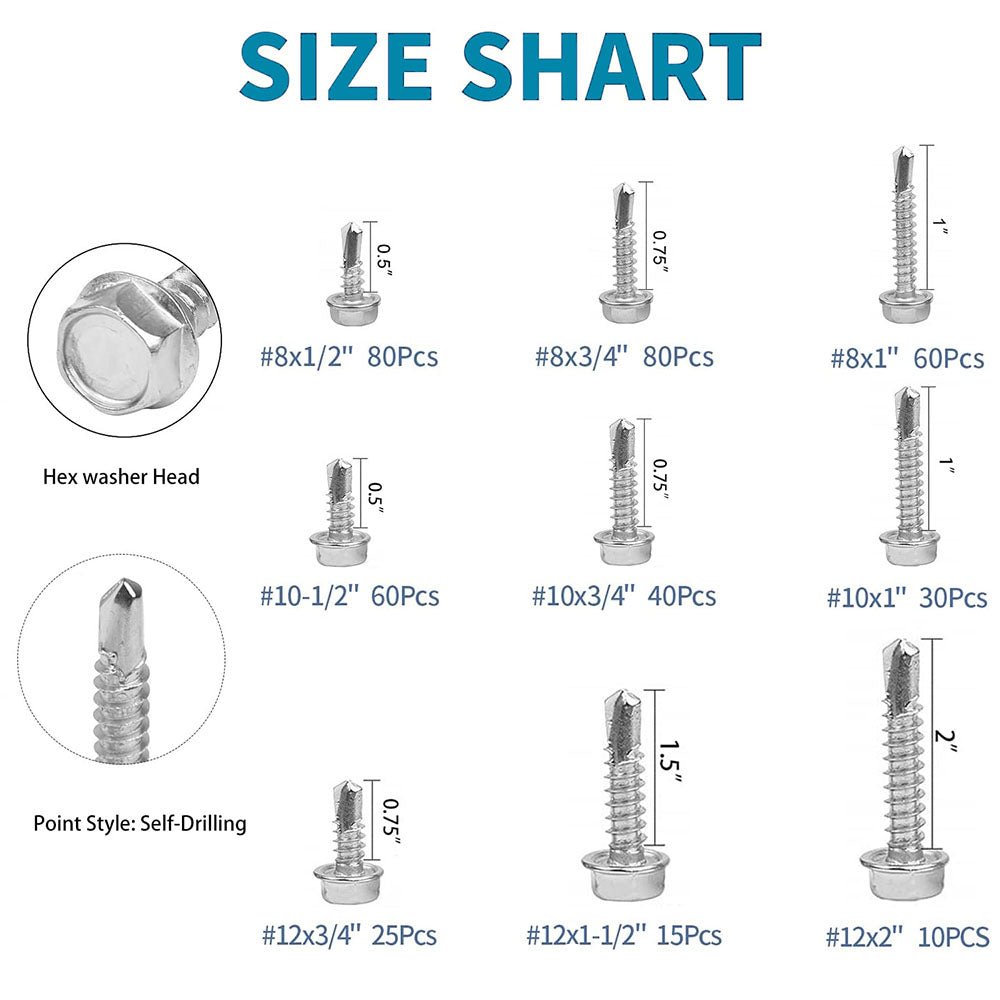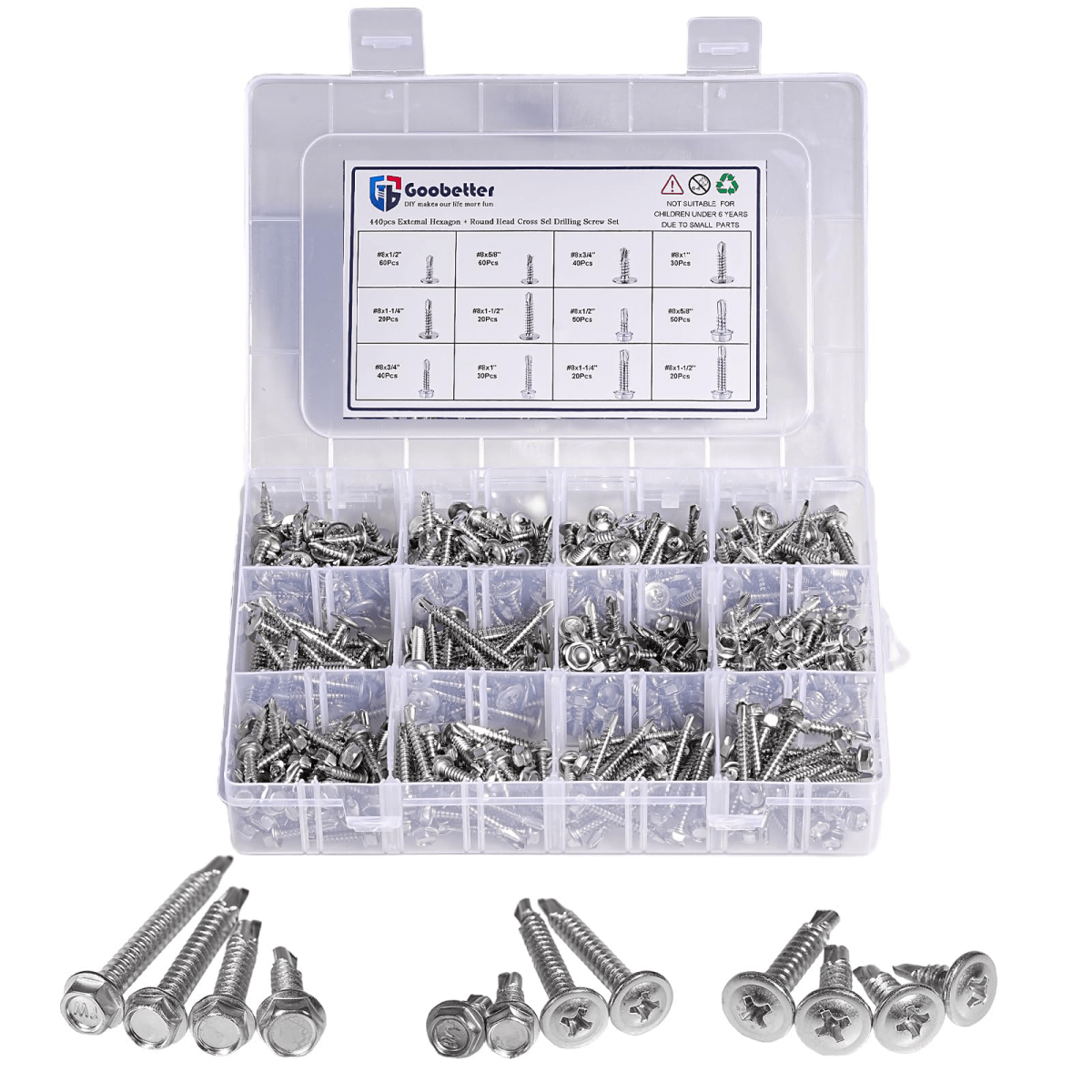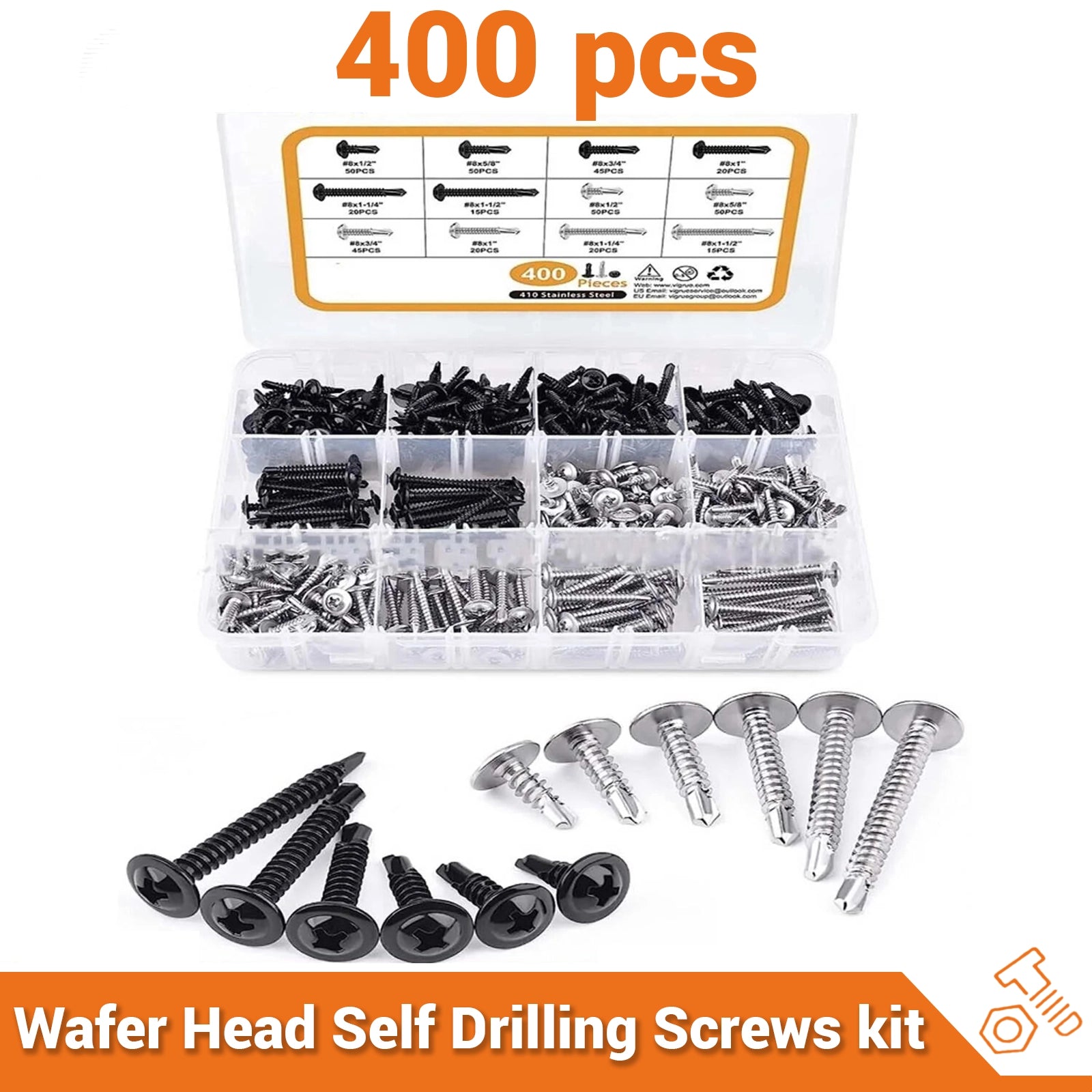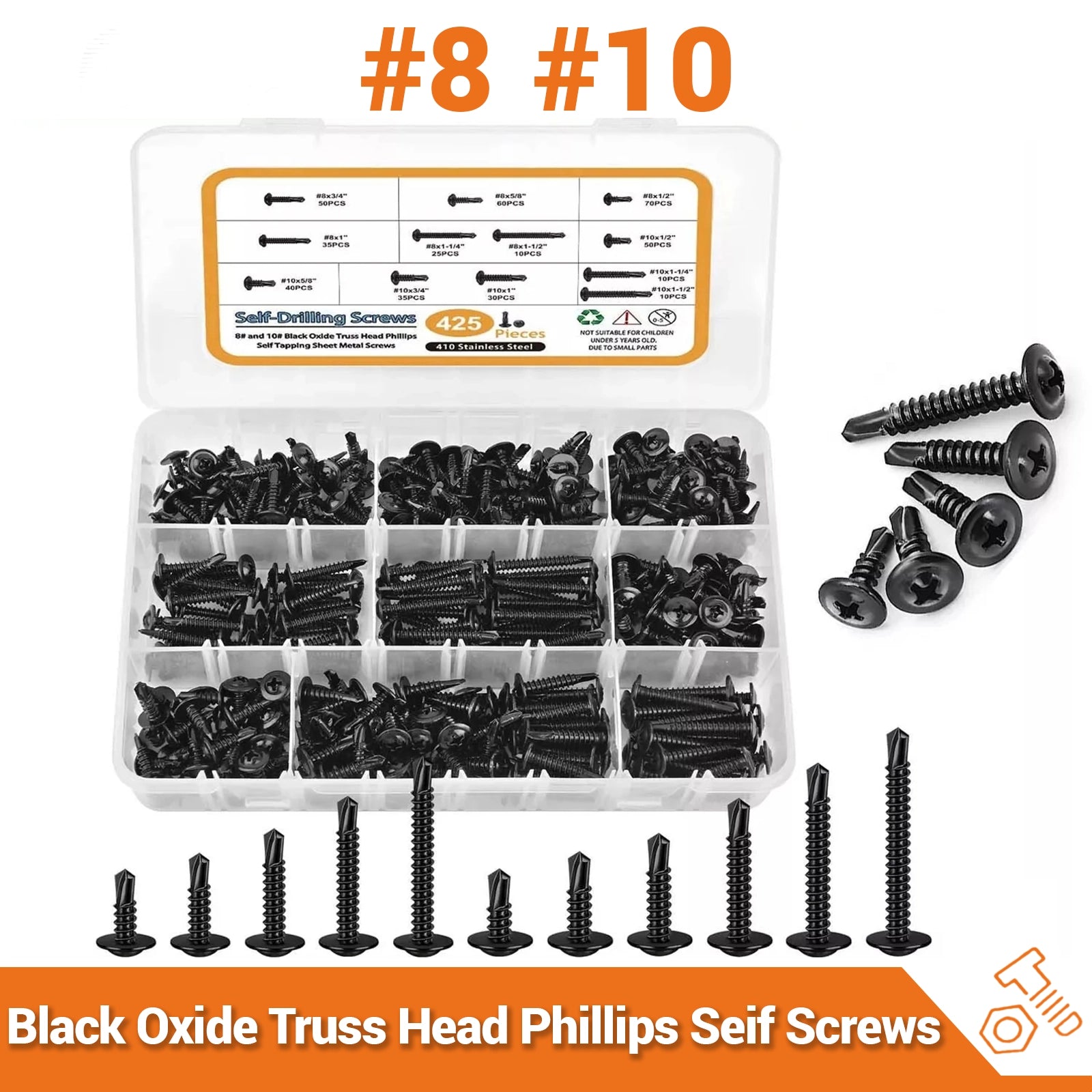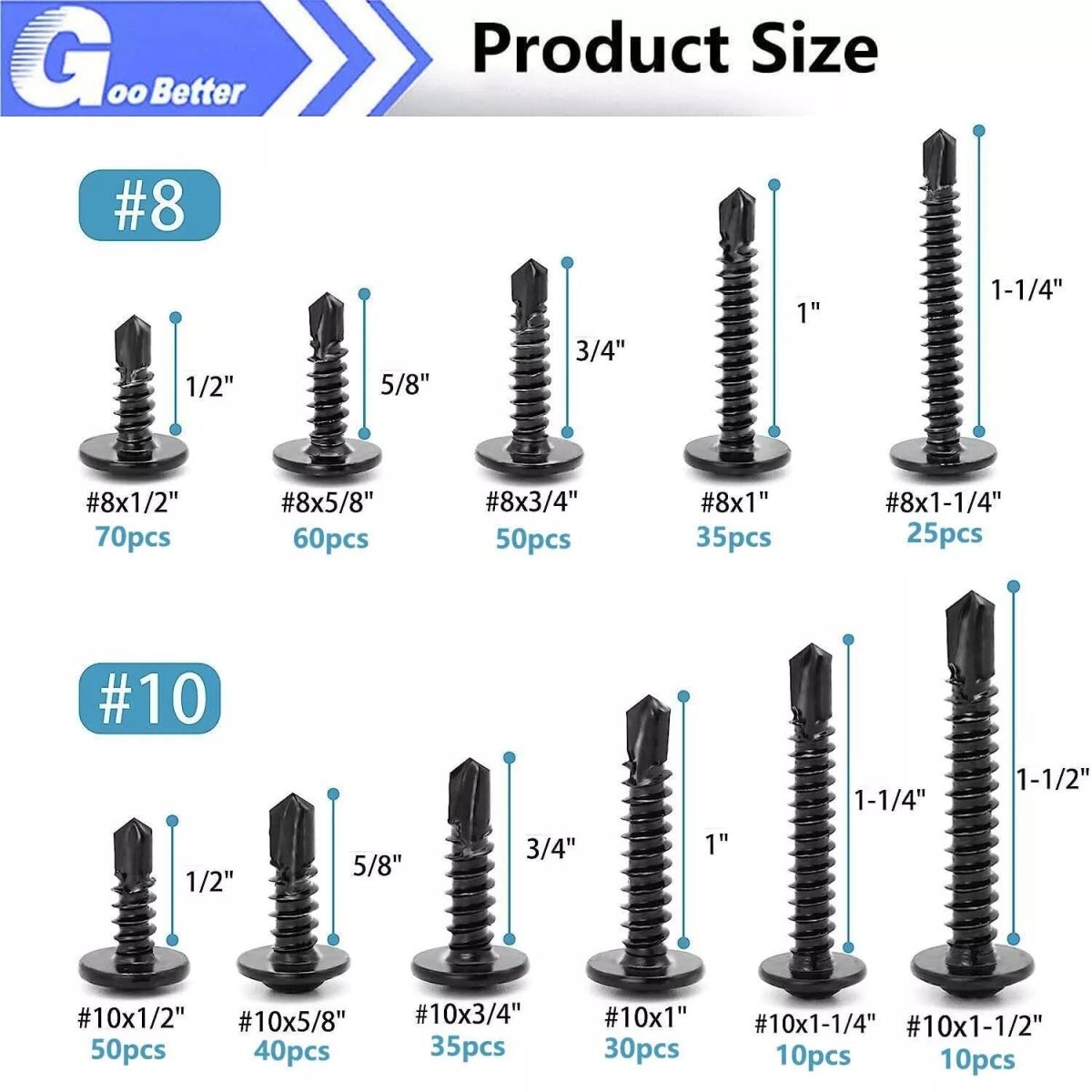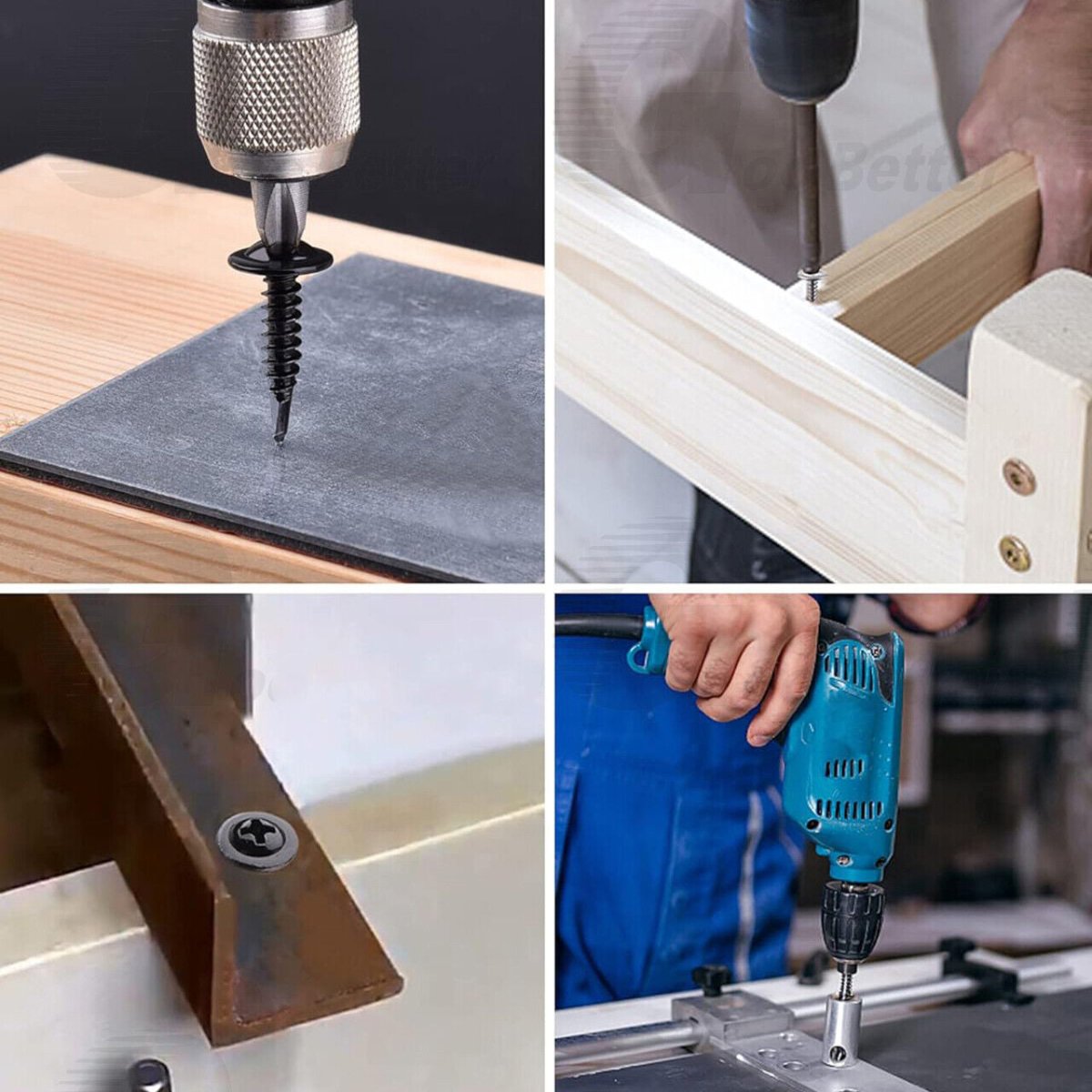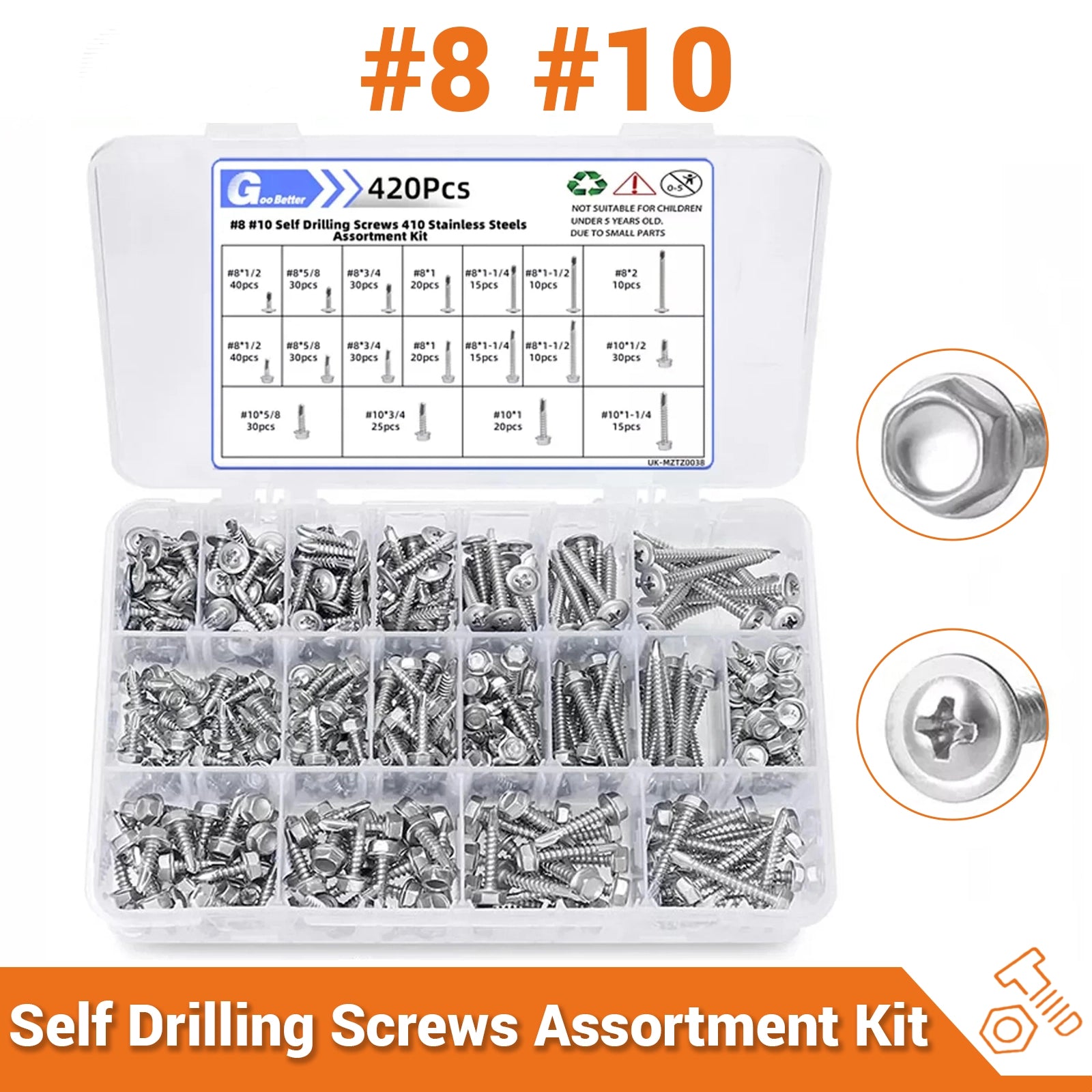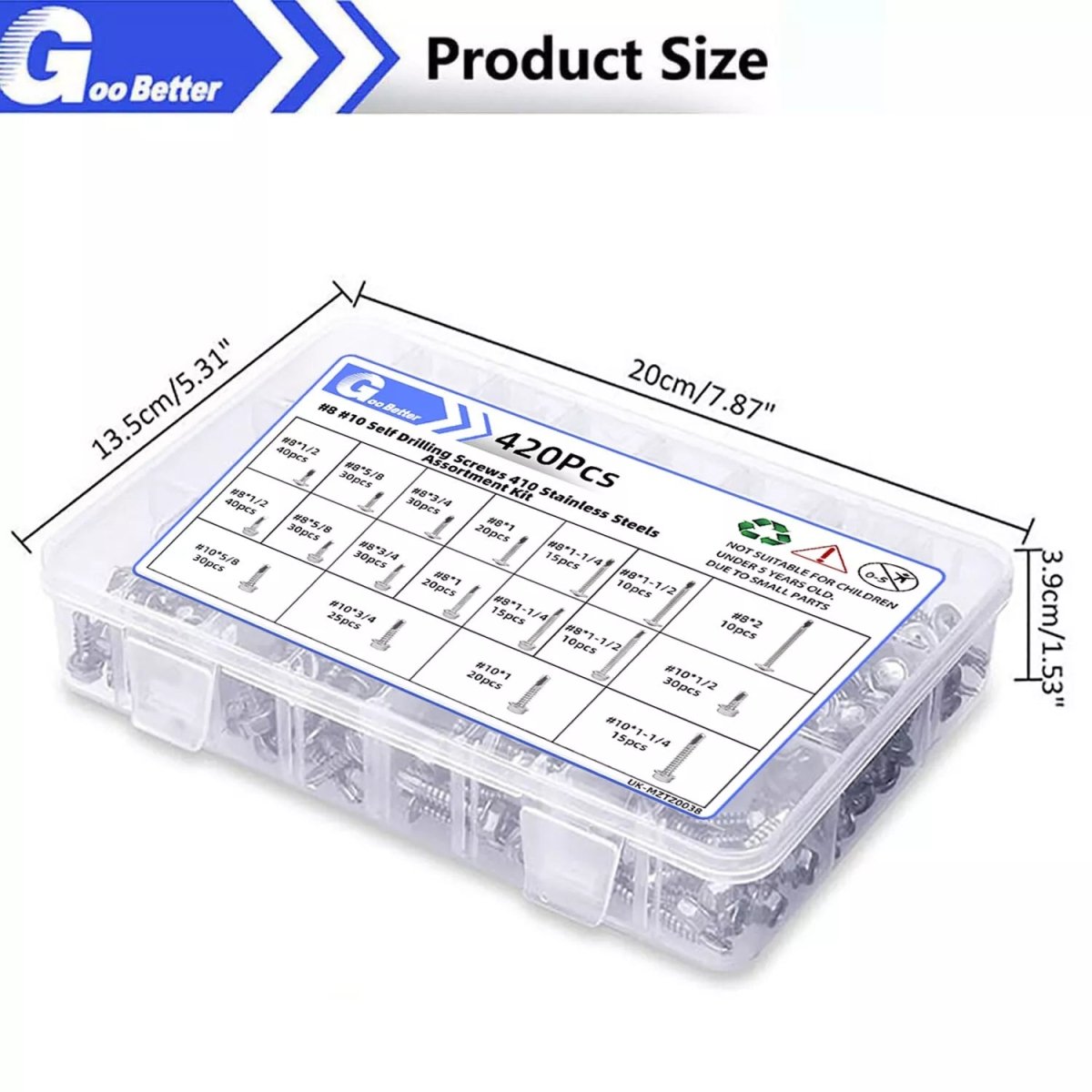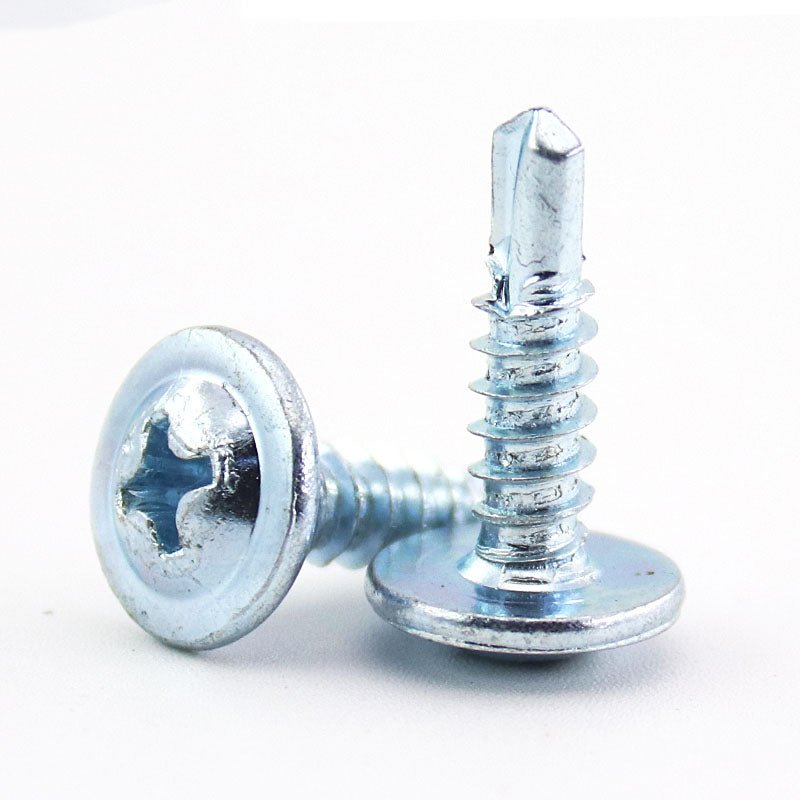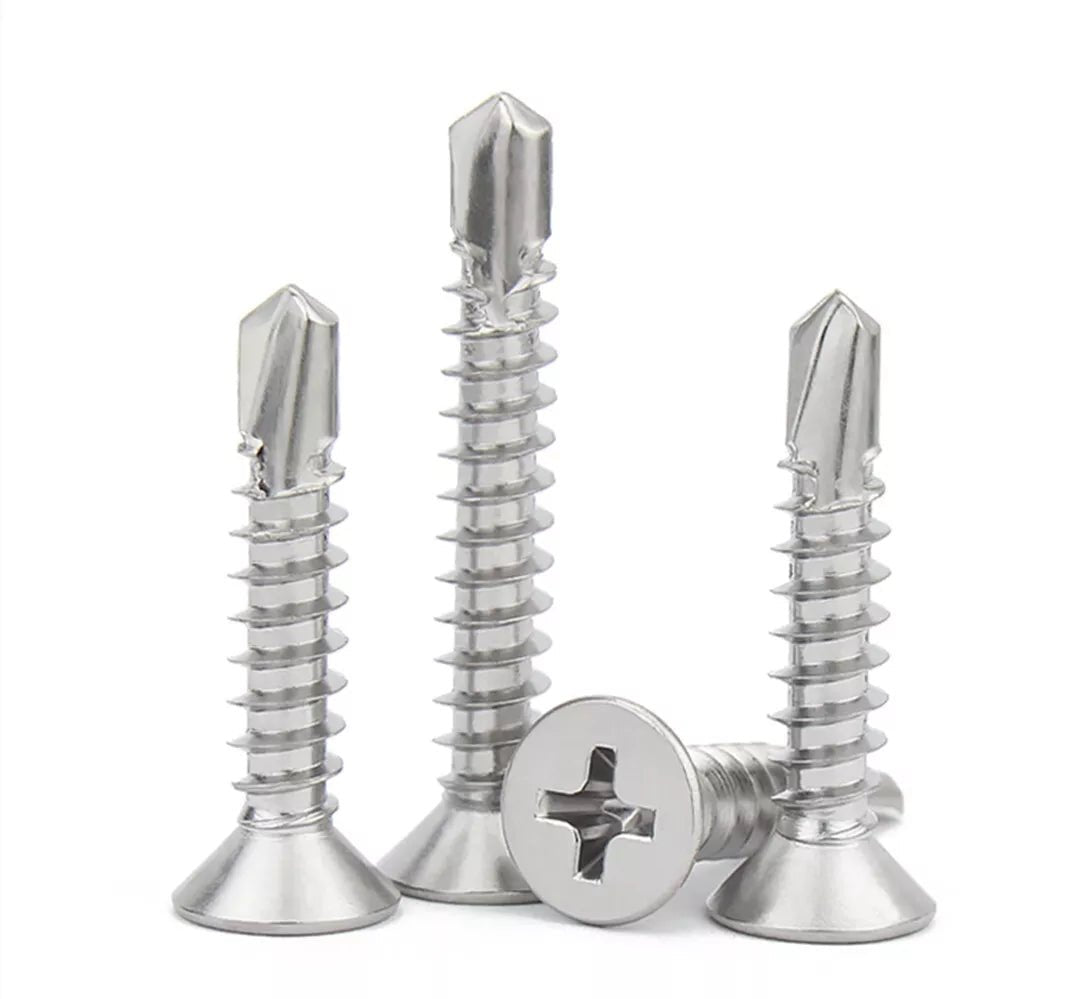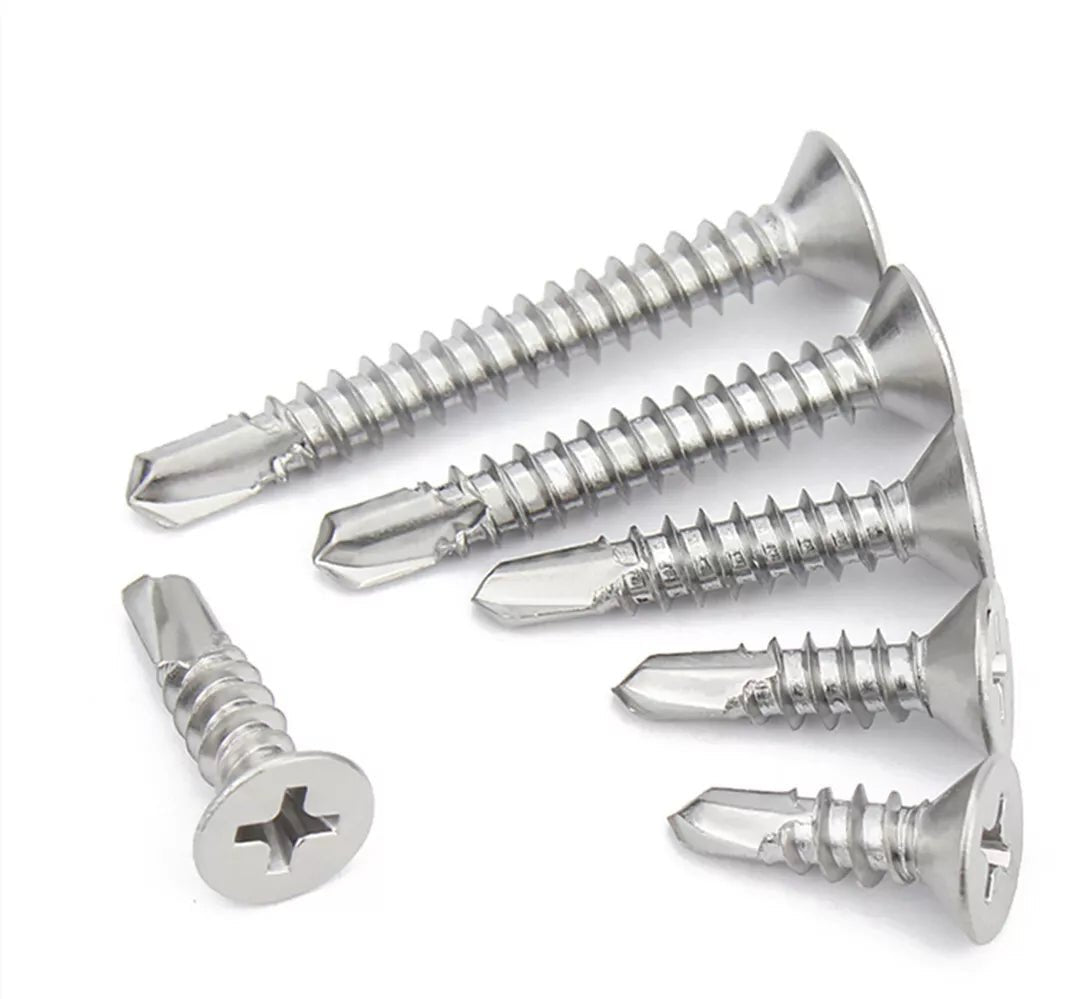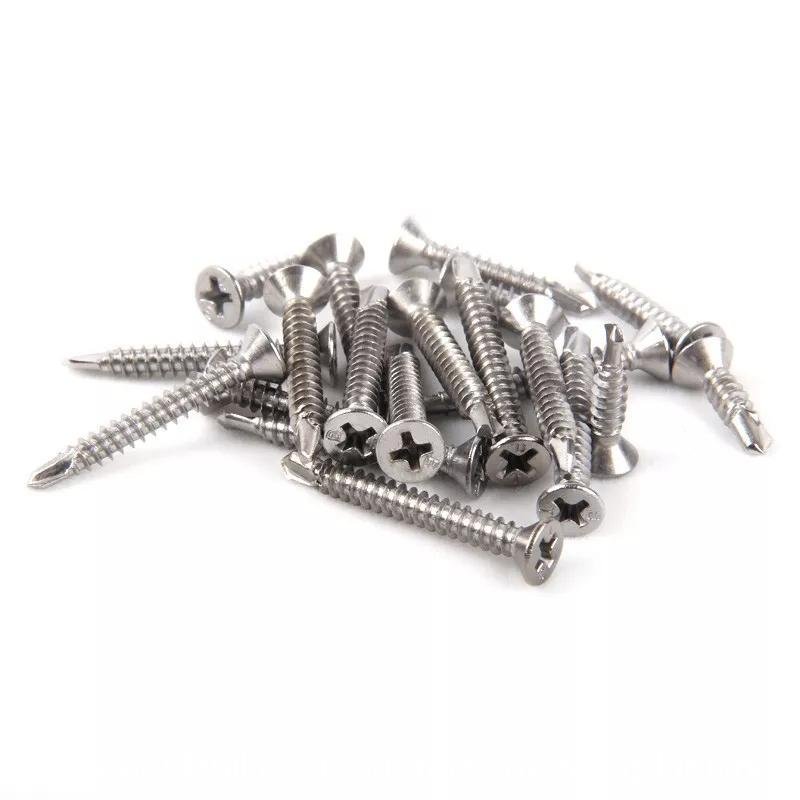The Complete Guide to Drywall Screws: Sizing, Installation, and Expert Fixes
Drywall screws are the backbone of any wall or ceiling project—but using the wrong type or technique can lead to cracks, popped screws, or unstable mounts. At HomeDIYer, we’ve helped thousands of DIYers and contractors achieve professional results. In this guide, we’ll break down the essentials: from choosing the right screw size to fixing mistakes like stripped holes.
1. Why Drywall Screws Matter
Unlike nails or wood screws, drywall screws are designed for:
- Controlled Penetration: Sharp tips and fine threads grip drywall without tearing paper.
- Reduced Popping: Bugle heads sit flush to avoid bulges under joint compound.
- Corrosion Resistance: Phosphated or coated screws resist rust in humid areas.
Pro Tip: Avoid using wood screws for drywall—their coarse threads can split the material.
2. Types of Drywall Screws
a. By Length
- 1-1/4" Screws: Ideal for 1/2" drywall panels.
- 1-5/8" Screws: Best for thicker 5/8" fire-rated drywall or double layers.
b. By Coating
- Black Phosphated: Standard for indoor use.
- Zinc-Coated: For bathrooms or basements prone to moisture.
c. Specialty Screws
- Self-Tapping Drywall Screws: Drill through metal studs without pre-drilling.
- Collated Screws: Load into auto-feed guns for high-speed installation.
3. How to Choose the Right Screw Size
- Panel Thickness: Match screw length to 1.25x the drywall thickness (e.g., 1-1/4" screws for 1/2" panels).
- Stud Material:
Warning: Over-length screws (e.g., 2") can puncture pipes or wires behind walls!
4. Installation Best Practices
a. Screw Spacing
- Ceilings: Place screws 12 inches apart along joists.
- Walls: Space screws 16 inches apart on studs.
- Edges: Keep screws 3/8" from panel edges to prevent cracking.
b. Using a Drywall Screw Gun
- Set Depth: Adjust the gun’s clutch to sink screws just below the surface (no deeper than 1/32").
- Angle Matters: Drive screws perpendicular to the surface to avoid “dimpling.”
c. Anchoring Heavy Items
- Toggle Bolts: For shelves over 20 lbs.
- Plastic Anchors: Use with #6 drywall screws for mirrors or light fixtures.
5. Fixing Common Drywall Screw Mistakes
a. Repairing Stripped Holes
- Fill with Spackle: Press joint compound into the hole, let dry, then sand smooth.
- Reinforce with an Anchor: For reused holes, install a plastic screw anchor.
b. Patching Popped Screws
- Remove the loose screw.
- Drive a new screw 2 inches above or below the old hole.
- Cover both spots with joint compound.
c. Hiding Screw Heads
- Layer Technique: Apply two coats of compound, sanding between layers.
6. Drywall Screws vs. Alternatives
FeatureDrywall ScrewsWood ScrewsThread TypeFine, sharp threadsCoarse, deep threadsHead DesignBugle head (flush finish)Flat or rounded headBest UseDrywall, plasterboardWood, cabinets, framing
Key Takeaway: Never substitute wood screws for drywall—they lack the holding power and risk damaging panels.
7. FAQs Answered
Q: How many screws per sheet of drywall?
A: Use 32 screws per 4x8 sheet (4 rows of 8 screws).
Q: Can I screw directly into drywall without anchors?
A: Only for very light items (under 5 lbs). Use drywall anchors for anything heavier.
Q: What size screw for 1/2" drywall?
A: 1-1/4" screws are standard. For metal studs, choose 1-1/4" self-tapping screws.
8. Why Choose HomeDIYer Drywall Screws?
- Precision Sizing: From 1-1/4" to 2-1/2" for any project.
- Bulk Kits: Save on 1,000+ packs for large renovations.
- Anti-Vibration Options: Nylon washers for quieter ceilings.
9. Pro Tips for Flawless Results
- Label Screws: Use bins to separate lengths (e.g., “1-1/4” vs. 1-5/8”).
- Check Depth: Run your hand over screws—if you feel bumps, adjust the gun’s clutch.
- Store Properly: Keep screws in sealed containers to prevent rust.
By mastering the right techniques and tools, you’ll avoid common pitfalls and achieve smooth, durable walls every time. Ready to start your project? Explore our Drywall Screws Collection for premium fasteners and accessories!


